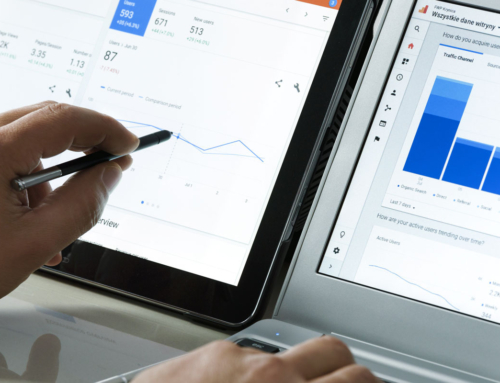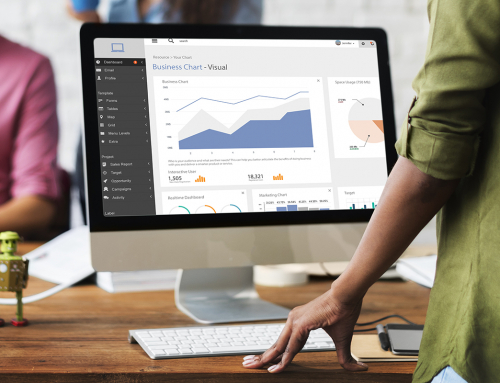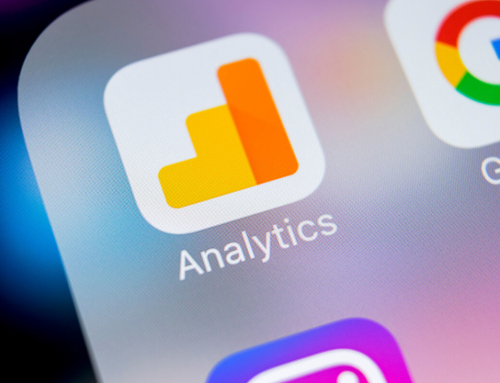In jest (or not), many PR pros would probably agree that one of the reasons they got into public relations in the first place was to avoid a math requirement. Guilty.
But, in the digital age, it’s hard to ignore metrics. Clients require verifiable results for our campaigns. They’re holding us accountable. And, they should be. I mean, they’re paying us – so shouldn’t they know what they’re getting in return?
Google Analytics isn’t the end all be all for PR measurement. In fact, if you want to read more about what the experts say is, you can click here, here or here.
What Google Analytics is? A tool in the toolbox. Its insights can/will support your strategy and help demonstrate value. It can measure your audience (and not just the number of visitors); it can look at their age, gender, location, language and interests. It can tell you which of your paid and earned campaigns are working, and help you diagnose and solve problems.
You also can set up goals in Google Analytics that directly complement your campaign strategy. Want more male visitors? Want to reach people in France? How about more brochure downloads? More ticket sales?
You might be saying, “I don’t need Google Analytics to measure how many people bought tickets. I already know I sold XXX tickets.”
True. But, Google Analytics will tell you what prompted someone to buy tickets. It will tell you how the visitor got to your website, which pages they viewed and how long they clicked around before making a purchase. Isn’t this all valuable knowledge if you ultimately want to decide whether a campaign is reaching the right audience and accomplishing your business objectives?
When we begin work on behalf of a client, our first step is to work with them to outline goals and objectives for any communications plan. Google Analytics can measure against these goals and objectives, but, perhaps more importantly, it can continue making us smarter and improve the work we are doing on their behalf and, in many cases, uncover issues that are completely unrelated to our scope of work, yet may need to be addressed.
Many times, the insights gleaned from watching the metrics can inform our recommendations for the future. Perhaps a goal that was of the upmost importance in fall 2014 will have completely changed by winter 2017. Again, Google Analytics is just a piece of the PR puzzle, but it’s an important piece that we’re using to make critical decisions every day.








